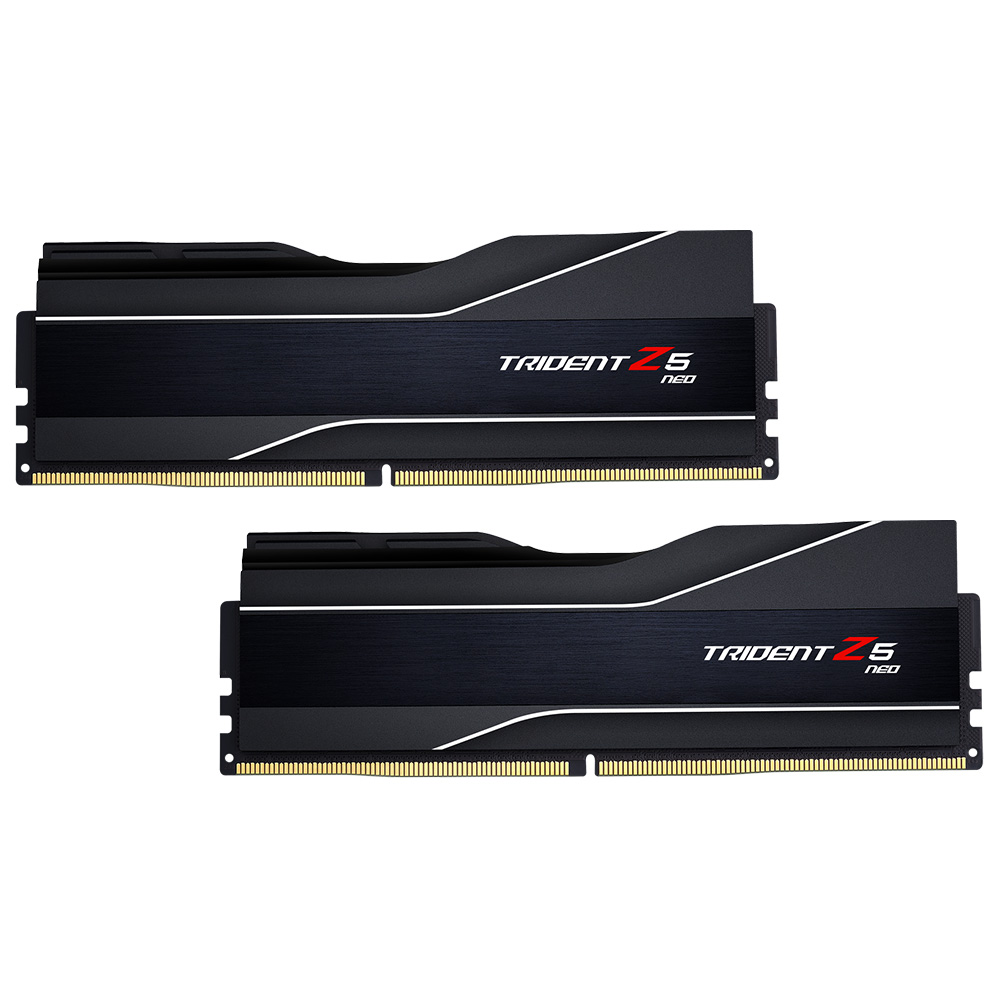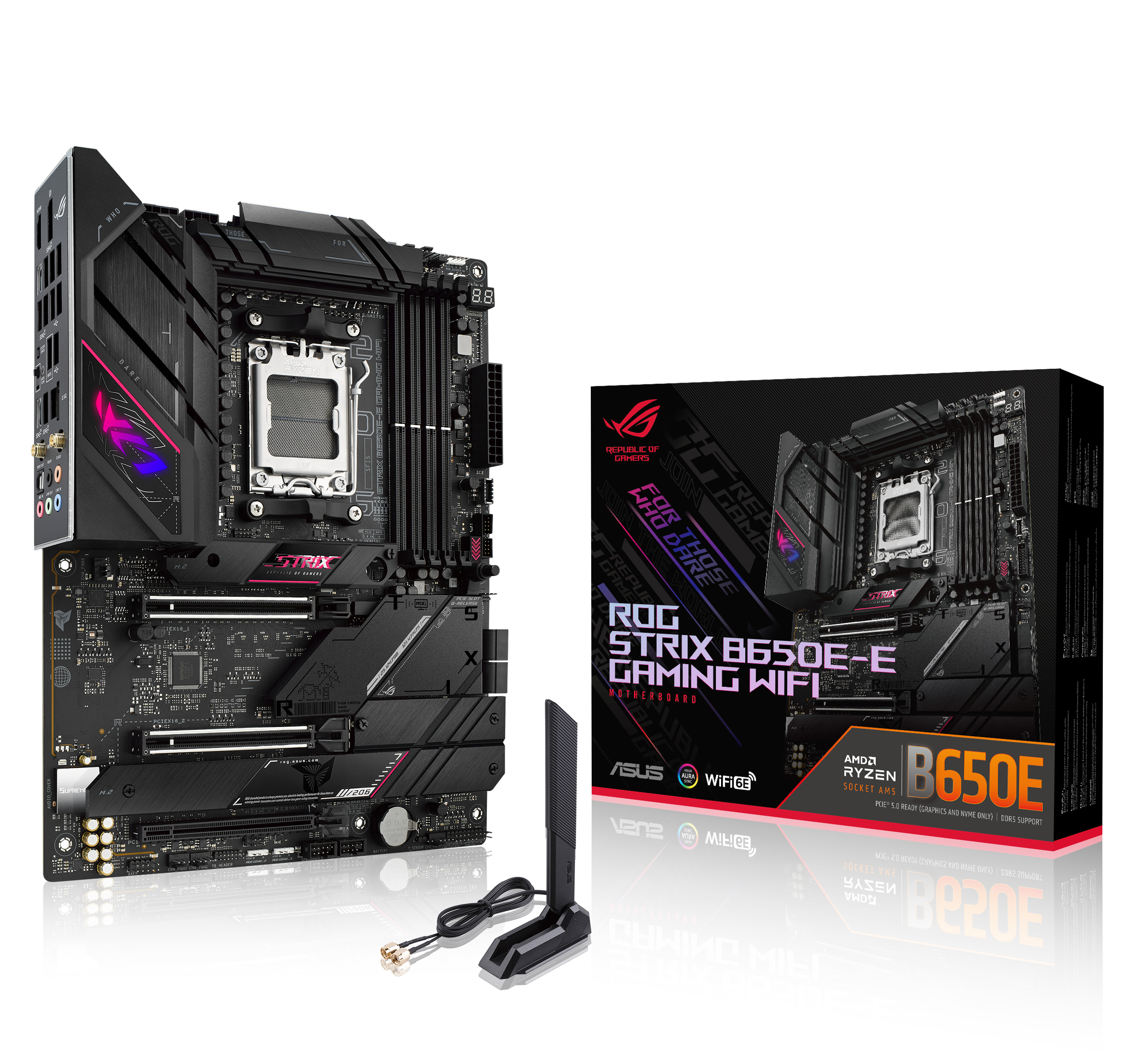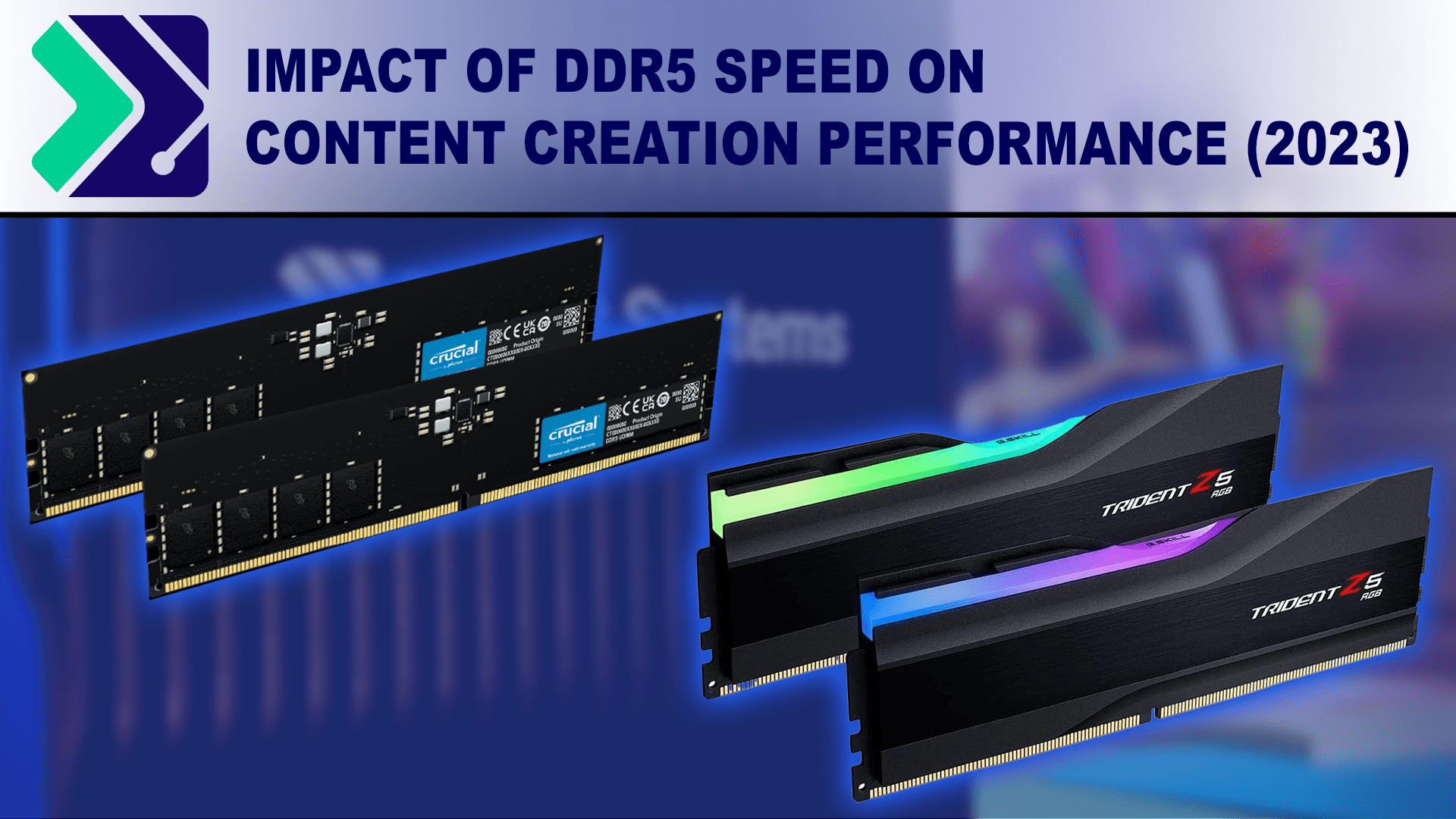Associate
- Joined
- 23 Mar 2012
- Posts
- 472
- Location
- SY4
Hello all,
I'm looking to move to the AM5 platform on a tight budget, though I'll be selling off my AM4 parts to help fund it. I could do with some help with which RAM kit to buy though.
I'm looking at getting the following:
Ryzen 5 7500F
Asus TUF Gaming B650 Plus.
I have built a few systems over the years and have never overclocked any of them, and I'd like to keep it that way but I'm struggling to find a memory kit that's on the QVL list at the rated speed. AMD's website claims the 7500F can support memory up to 5200MT/s, yet I've seen people recommend kits that are 6000MT/s.
I know not every kit is tested with every board, but can I expect to just enable EXPO in the BIOS and hope that it sorts it out or is there more to it than that? I do not want to have to mess about with voltages and timing if I can help it.
I don't mind being schooled here - any help is appreciated, thanks.
I'm looking to move to the AM5 platform on a tight budget, though I'll be selling off my AM4 parts to help fund it. I could do with some help with which RAM kit to buy though.
I'm looking at getting the following:
Ryzen 5 7500F
Asus TUF Gaming B650 Plus.
I have built a few systems over the years and have never overclocked any of them, and I'd like to keep it that way but I'm struggling to find a memory kit that's on the QVL list at the rated speed. AMD's website claims the 7500F can support memory up to 5200MT/s, yet I've seen people recommend kits that are 6000MT/s.
I know not every kit is tested with every board, but can I expect to just enable EXPO in the BIOS and hope that it sorts it out or is there more to it than that? I do not want to have to mess about with voltages and timing if I can help it.
I don't mind being schooled here - any help is appreciated, thanks.





